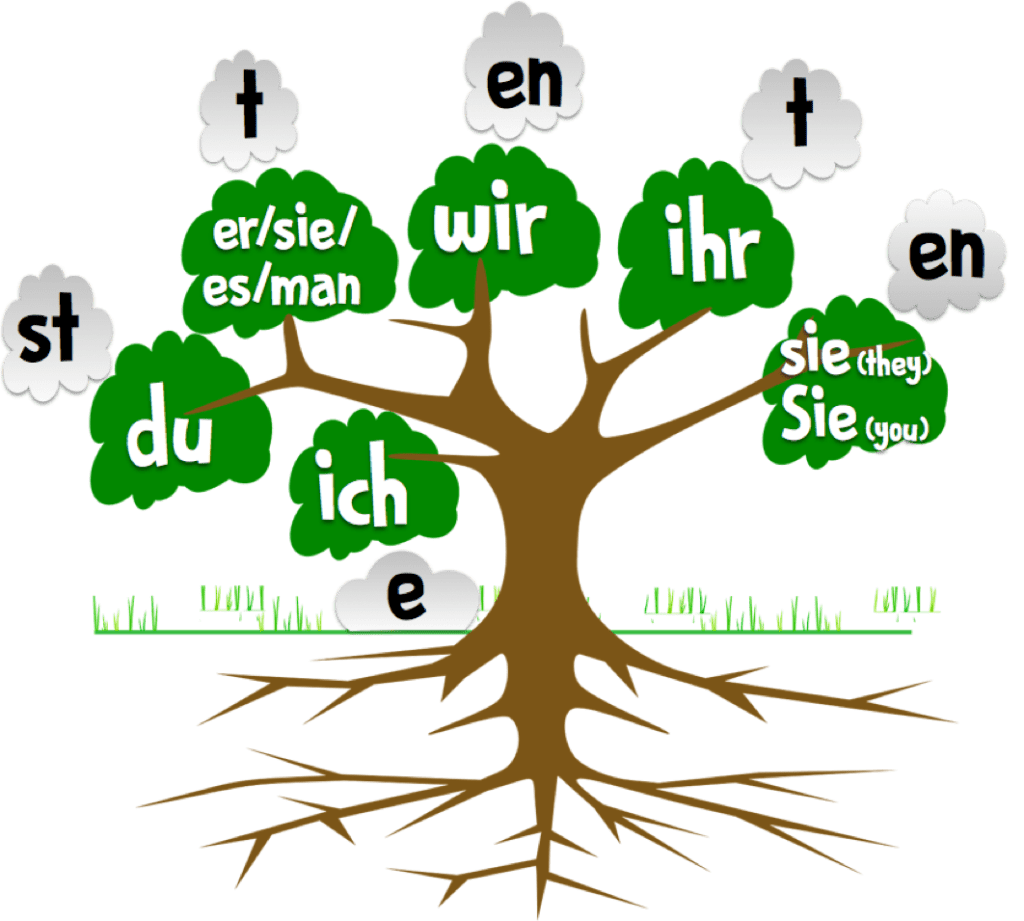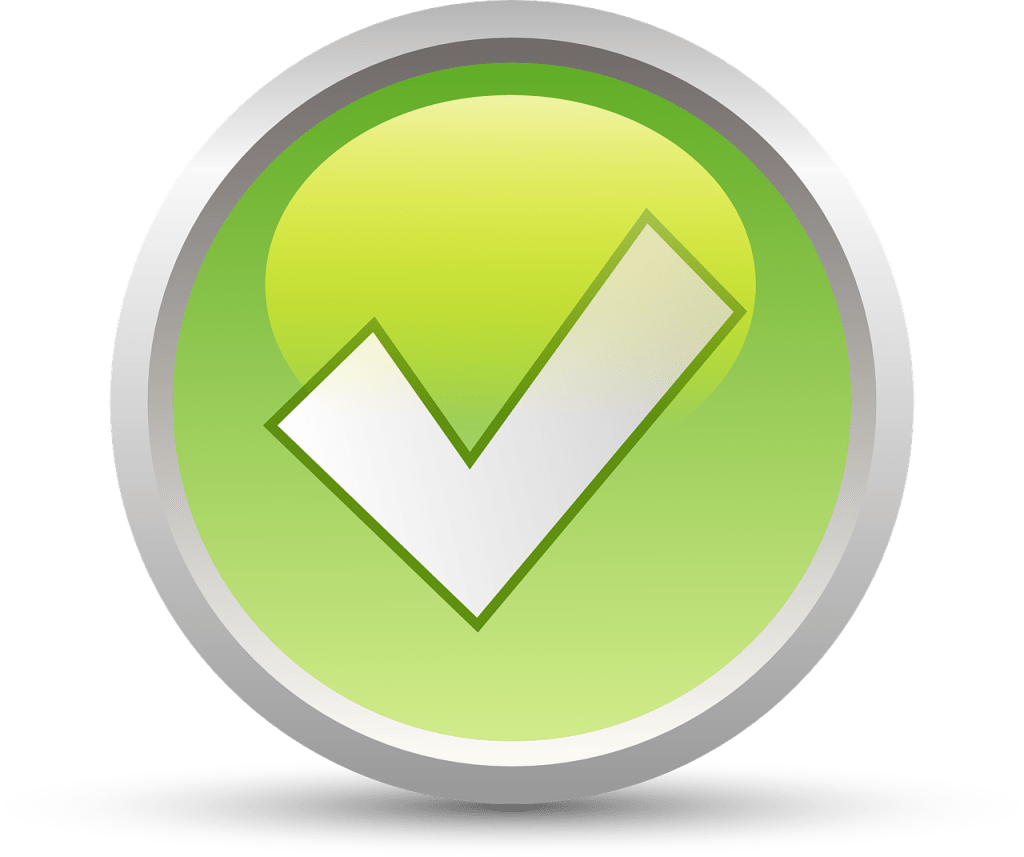
One Rule Above All Others: The Pattern of Regular Verbs
Posted by Roslyn Green, August 2022
The fundamental grammatical rule for speaking and writing correct German is the conjugation of regular verbs in the present tense.
Once you have learned this conjugation pattern, you will be able to apply it to hundreds of previously unknown verbs and be right every time. This will enable you to create hundreds of new sentences, even when using verbs that you have never before encountered.

A Tree of Regular German Verb Endings

Step by Step: Conjugating gehen (to go) as an Example
First, identify the verb stem.
Take off the -en at the end of the infinitive form of the verb. For example, the verb stem of wohnen is wohn. The verb stem of machen is mach.
Next, add the appropriate ending to the verb stem, depending on who is completing the action in the sentence. Here are the regular endings, shown for the verb gehen – to go:
- ich gehe – I go
- du gehst – you go (singular)
- er/sie/es geht – he/she/it goes
- wir gehen – we go
- ihr geht – you go (plural)
- sie gehen – they go
Note 1: The only difference between she goes and they go in German is the verb ending. That means that getting the verb endings correct with these pronouns is especially important to being understood.
Note 2: The formal address (Sie = you) requires the infinitive form of the verb: e.g. Sie machen, Sie gehen, etc. There is only one exception to this rule in the whole German language: sein – to be. To say “you are” to a stranger or acquaintance in a formal situation, you use Sie sind. Of course, sein is far too important to be a regular verb.
Quizzes
If you know how to handle the verbs, you know how to handle the language. Everything else is just vocabulary. – Michel Thomas, language teacher

